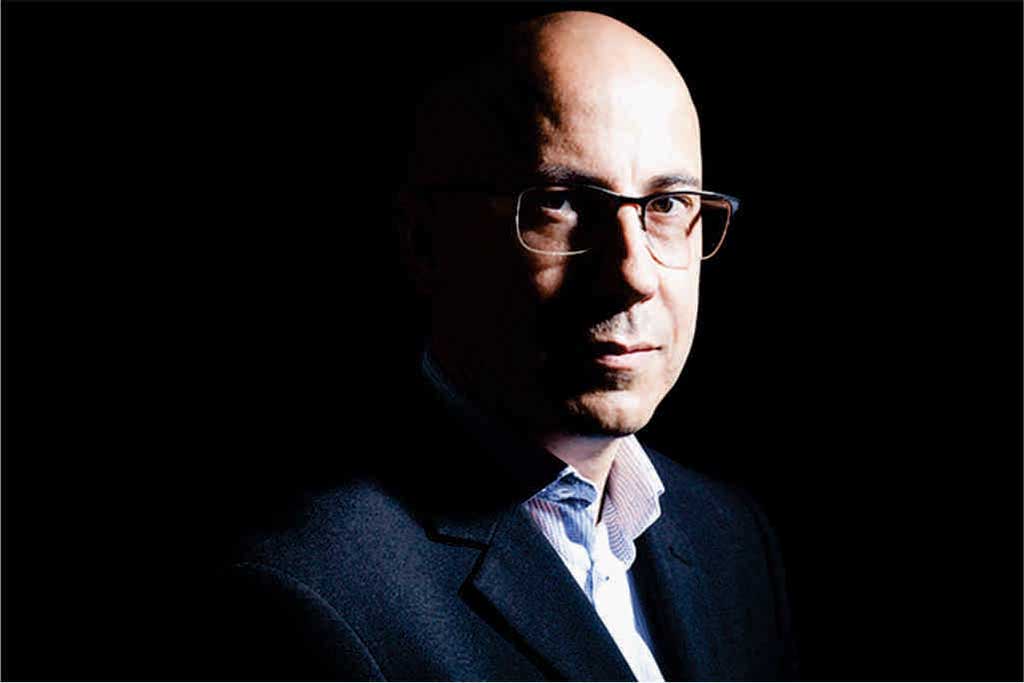By Muggie van Staden, MD and CEO of Obsidian Systems
Even though the metaverse has sparked significant interest, it is not that much different to how people have been working and living for the past two years. Think of the metaverse as a virtual world that uses the likes of virtual reality, augmented reality, AI, social media, and digital currency where people can live in and engage with one another. Apart from the virtual and augmented reality components, this ‘world’ has been with us for quite some time. So, how can businesses capitalise on the metaverse?
Recently, Samsung and Red Hat committed to developing Linux drivers and new memory technologies for faster bandwidth for use in the metaverse. Some even suggest that the blockchain could be the driving force behind the metaverse, acting as an intermediary between various platforms. For instance, providing a virtual highway connecting the Meta, Microsoft, and other metaverses with one another.
While not specifically referencing the metaverse, a senior Red Hat executive stressed the importance of delivering an open source environment to deliver greater flexibility and scalability in a digital economy to businesses looking to differentiate themselves. I am not suggesting that the metaverse will be the next big thing – it is still too early in the technology adoption journey for that – but it does provide an alternative platform for innovation where the flexibility of open source can play to its strengths.
Wild West
Virtual concerts, immersive entertainment, enhanced customer engagement, improved learning, digital real estate, the list of business opportunities in the metaverse is virtually endless. However, it is critical for companies to separate the hype from the practical realities of this digital Wild West.
Anybody remember Second Life? Launched almost 20 years ago, this digital world provides people with the opportunity to create an avatar of themselves and engage with others virtually. Digital real estate, digital jobs, digital parachute instructions, digital everything. Second Life even has its own virtual currency (the Linden Dollar) which is exchangeable with real world currency. While the novelty factor of Second Life has worn off, it is still very much a thing even in 2022. In many ways, it can be considered the precursor to the metaverse people are promoting today. Except in the metaverse, it is very much a case of recreating our own world in a digital manner.
This does mean that hybrid work takes on a new meaning. Instead of you just sitting at your desk in your study, you put on your VR goggles and ‘enter’ a digital recreation of your real world office, sit at your virtual cubicle, and engage with your colleagues just as you would if you were there in-person. Sure, many see this as a gimmick, but the potential is there. Many of the use cases for the metaverse have not even been discovered yet.
Changing focus
Perhaps on a more practical level, experts suggest that the metaverse can split into two. On the one hand, you have a ‘mirror world’ that duplicates real world environments such as the previous example. On the other, it is about establishing a next-generation networked-knowledge ecosystem to better serve people than the current Web.
While the science fiction fan in me loves the idea of the former, I think it is the latter that will likely happen as the focus is on the information experience and enhancing it to become better at one’s job, one’s personal life, and all other facets of what we do as individuals.
It certainly is an exciting time in the digital space with the metaverse likely going to play a role in it.




